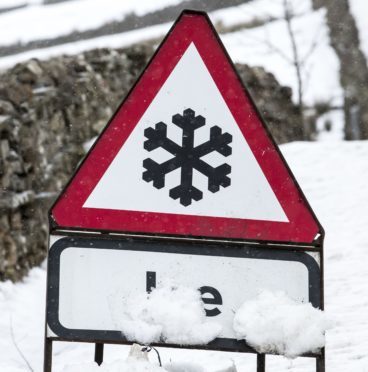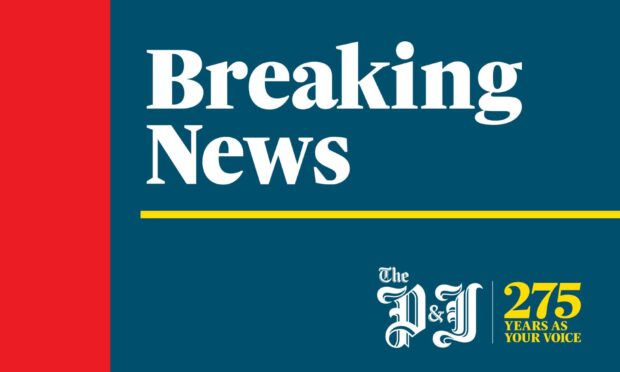It is a theory he learned in his lectures in the 1940s – but it seems it still stands today.
“Probably the oldest meteorologist in Scotland” has provided his explanation of why the snow isn’t covering Inverness and Dingwall.
Ian MacNab, who turns 90 later this month, yesterday saw the phenomenon “sublimation” for the first time after learning about it at Edinburgh University back in 1946.
The former geography teacher at Dingwall High School gave evening lectures in global warming and climate change across the Highlands for 30 years for Aberdeen University.
Mr MacNab, of Kildun, near Dingwall, said: “It did snow on Dingwall, Inverness and bits of the Black Isle, but the wind has dried it up. There is no dampness. I have known about sublimation for years, but I have never seen it. This must be the only place in Scotland where it is happening.
“In Inverness it is cold but it’s dry. The snow is going from a solid to a gas without going through a liquid phase.”
Sublimation is described as the conversion between the solid and the gas phases of matter, with no intermediate liquid stage. It is most often used to describe the process of snow and ice changing into water vapor in the air without first melting into water.










